Home > Auctions > 23 - 27 May 2023
Ancient Art, Antiquities, Natural History & Coins
Auction Highlights:
The Kusmirek Collection, UK.
Acquired 1990s-early 2000s.
East Anglian private collection.
Acquired from Czerny's Auction, lot 81515.
The Kusmirek Collection, UK.
Accompanied by copy of a previous invoice and lot description.
Possibly of Italian manufacture of the type used by US forces in WWII.
Property of a Luton, UK gentleman, by inheritance.
See Capwell, T., Knives, Daggers and Bayonets, Lorenz, 2009, p.180, for general type and details.
The bayonet offered here is an example of the third pattern of bayonet manufactured in 1927-1930 and again in the period 1934-1935, with this specific example having been produced in 1935. In an attempt to keep their identities a secret, the makers of these weapons stamped the blades with a letter/number code, a practice they repeated for the scabbards. This scabbard bears the code for 1943, although it was double struck. Both blade and scabbard in this instance were produced by E. & F. Horster & Co. of Solingen, and the weapon is apparently a pre-war example that was captured and reworked in eastern Europe, likely Yugoslavia. The plastic grips such as those used on our bayonet, and typically found on M1884/98 III bayonets, are made from a phenolic resin. Owing to a shortage of such resin in Germany during WWII a substitute moulding compound known as type 41, which contained a much lower percentage of resin, was adopted in January 1943.
From the collection of a North American gentleman, formed in the 1990s.
Cf. Baranov, V.S., Izmaylov, I.L., 'On attribution of a signet ring from Bolgar excavations of 2010' in Archaeology of the Eurasian steppes, no.6, 2019, pp.269-276, for iconography.
Acquired 1980-2015.
Ex Abelita family collection.
The Kusmirek Collection, UK.
Ex Surrey collection, formed 1990-2000.
Acquired from TimeLine Auctions 2016, lot 162 (part).
The Kusmirek Collection, UK.
Acquired 1980-2015.
Ex Abelita family collection.
Acquired 1980-2015.
Ex Abelita family collection.
See Gorelik, M., Weapons of Ancient East, IV millennium BC-IV century BC, Saint Petersburg (2003) in Russian, pl.XIX, no.38, from Assur.
The earliest Luristan bronze weapons, particularly daggers, axes, and adzes, share many similarities in form with Mesopotamian artefacts of the 3rd millennium BC. The unadorned weapons, especially the axes, adzes and picks, were made using simple clay or stone bivalve moulds with a core inserted into them to form the socket for the shaft.
Family collection, acquired 1980-2015.
Ex property of a North London gentleman.
Accompanied by an academic paper by military specialist Dr Raffaele D'Amato, dated 15 July 2019 and titled 'Eastern Roman Empire - Greek Fire Bomb or Hand Grenade (μεσαίον kακάβιον) 9th-11th century AD'.
Cf. Arendt, W. I., Granaten des 13-14. Jahrhunderts, die an der Wolga gefunden sind, Zeitschrift fur Historische Waffen-und Kostumkunde, 11 (1926-8), p.42; cf. Arendt, W., Die Spharisch-konischen Gefasse aus Gebranntem Ton, ibid; cf. Ayalon, D., Gunpowder and Firearms in the Mamluk Kingdom, London, 1956, p.16.
Apart from the use of siphons or manual flame-throwers called cheirosiphona, special corps of Roman soldiers employed terracotta grenades, in the form of small jars, abundantly evidenced in archaeological excavations. Such were the γανωτα, vessels (sometimes also of bronze) used for Greek fire. They were called μεσαία kακαβιά or κυτροκακάβια where the former had a bulbous shape and the latter a more cylindrical form.
Acquired 1990s-early 2000s.
East Anglian private collection.
See Wheeler, M., London Museum Medieval Catalogue, reprinted Ipswich, 1993, p.59-65, for discussion.
877 - 888 of 2508 LOTS

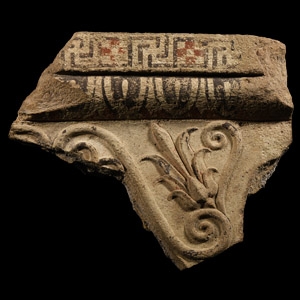
.jpg)


.jpg)
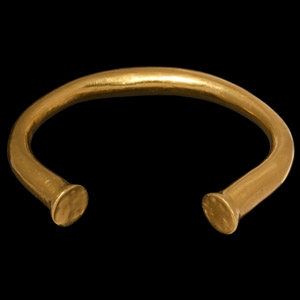
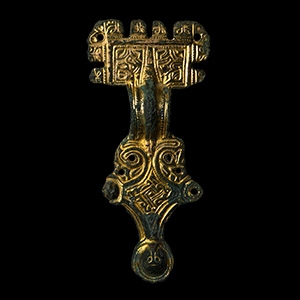

.jpg)
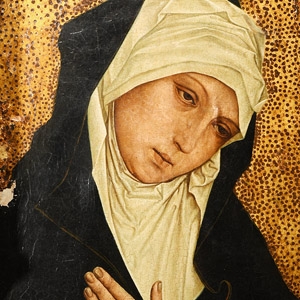

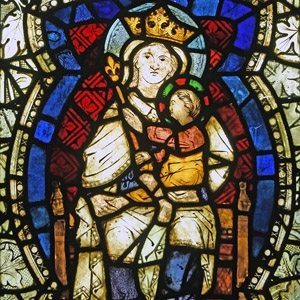
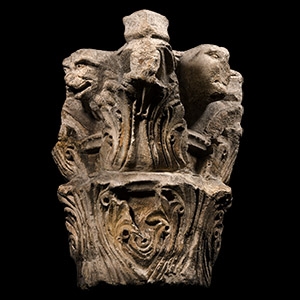
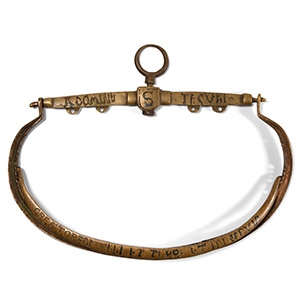
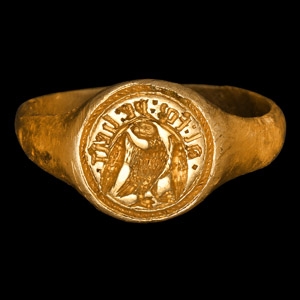
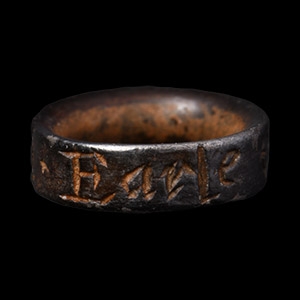
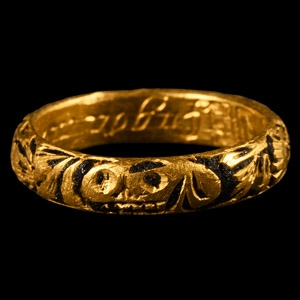
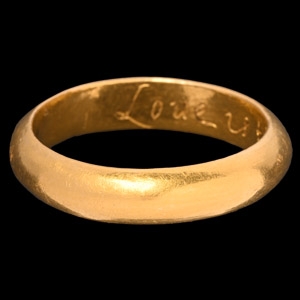
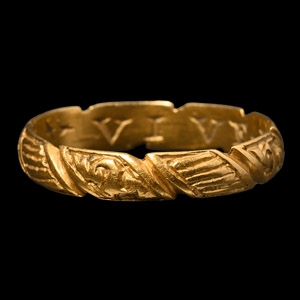
![English Milled Coins - George VI - 1937 - Cased RM Proof Coronation Gold Set [4] English Milled Coins - George VI - 1937 - Cased RM Proof Coronation Gold Set [4]](https://timelineauctions.com/upload/images/items/small/203351-s(2).jpg)

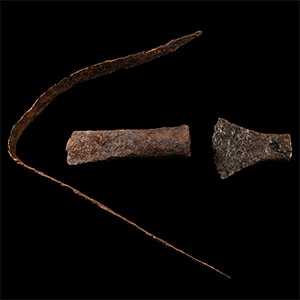
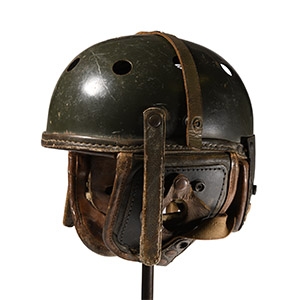
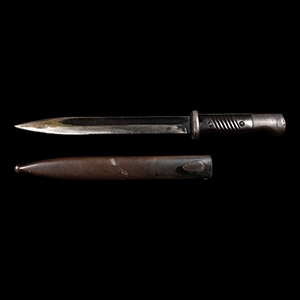

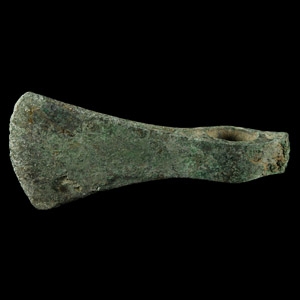
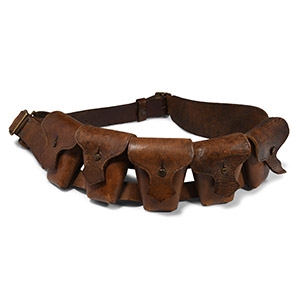
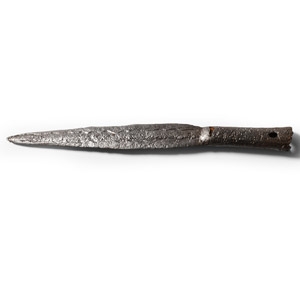

.jpg)
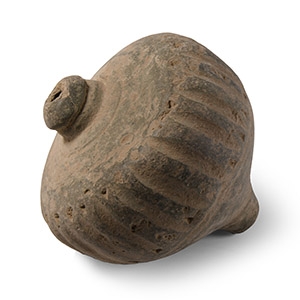
.jpg)



